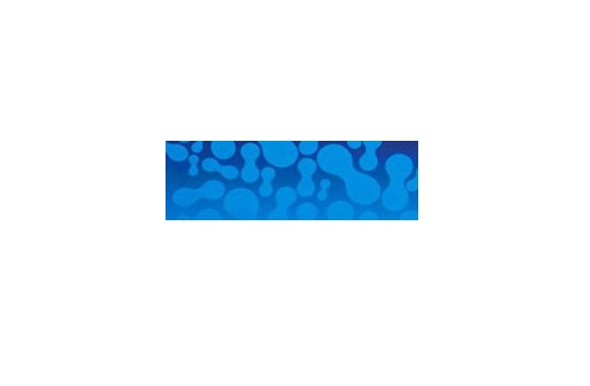Description
Recombinant Human R-Cadherin/CDH4 Protein (His Tag)(Active) | PKSH031741 | Gentaur US, UK & Europe Disrtribition
Synonyms: CAD4;R-CAD;RCAD
Active Protein: Active protein
Activity: A DNA sequence encoding the extracellular domain of human CAD4 (NP_001785.2) (Met 1-Ala 734) was expressed with a fused polyhistidine tag at the C-terminus.
Protein Construction: A DNA sequence encoding the extracellular domain of human CAD4 (NP_001785.2) (Met 1-Ala 734) was expressed with a fused polyhistidine tag at the C-terminus.
Fusion Tag: C-His
Species: Human
Expressed Host: HEK293 Cells
Shipping: This product is provided as lyophilized powder which is shipped with ice packs.
Purity: > 85 % as determined by reducing SDS-PAGE.
Endotoxin: < 1.0 EU per µg as determined by the LAL method.
Stability and Storage: Generally, lyophilized proteins are stable for up to 12 months when stored at -20 to -80℃. Reconstituted protein solution can be stored at 4-8℃ for 2-7 days. Aliquots of reconstituted samples are stable at < -20℃ for 3 months.
Molecular Mass: 80 kDa
Formulation: Lyophilized from sterile PBS, pH 7.4
Reconstitution: Please refer to the printed manual for detailed information.
Background: The cadherin superfamily is a large family that engage in both homo- and heterotypic, calcium-dependent, cell-cell adhesion events, and can be divided into at least four subfamilies based on the extracellular (EC) regions and cytoplasmic domains, that is: classical cadherins, desmosomal cadherins, protocadherins, and cadherin-like molecules. Human cadherin 4, type 1, R-cadherin (retinal), also known as CDH4, CAD4 and RCAD, is a classical cadherin from the cadherin superfamily. It is a calcium-dependent adhesion molecule and a type I transmembrane glycoprotein composed of five extracellular cadherin repeats, a transmembrane region and a highly conserved cytoplasmic tail. CDH4 is thought to play an important role during brain segmentation and neuronal outgrowth, and also exerts critical actions in kidney and muscle development. CDH4 is expressed in vascular smooth muscle, pancreatic β-cells, thyroid follicular cells, sensory neurons of the dorsal root ganglia, and, possibly, astrocytes and endothelium of the retina. As a classic cadherin, CDH4 forms both homodimers and heterodimers with N-cadherin. The extracellular region of human CDH4 is 96% aa identical to that of mouse CDH4.
Research Area: Signal Transduction, Tags & Cell Markers, Neuroscience, Cancer,






